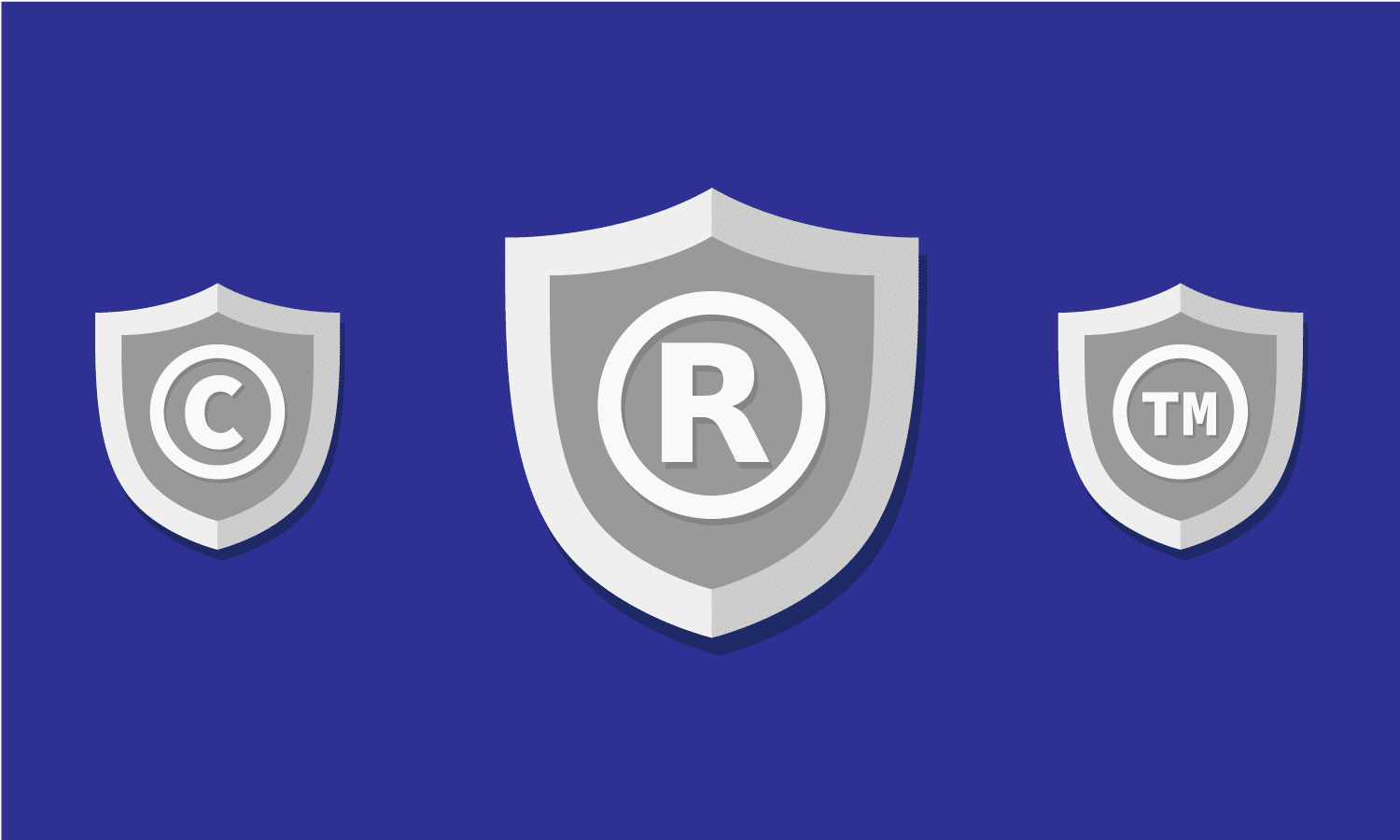Trademarks are key brand assets for every business. Your customers associate them with your company and its reputation and they help distinguish your products and services from your competitors in a crowded marketplace.
For startups, it’s important to establish and protect your trademarks right from the beginning. Otherwise, you risk major headaches down the road.
Here are five things new business owners need to know about trademarks.
1. Your Company Name Is Not Automatically Your Trademark
In the process of incorporating your business, you were probably required to register a corporate name under which you would be doing business.
A corporate name approved as part of the incorporation process allows your company to operate a business using that name within the province or territory registered, or across the country, if registered under federal legislation.
If your corporate name is not identical to the name of your business as it appears to your customers, you would have also needed to register the latter as a “business” or “trade” name.
Note that neither of these registrations relates to the use of your name as a trademark. To claim an exclusive right to the use of your name as a trademark, you will need to file an application to register your mark with the intellectual property office in the jurisdictions in which you do business.
2. Registration is Important
For some startup companies, trademark registration may not initially be seen as a top priority. Having not yet acquired a reputation to protect, and having limited financial resources, companies may be reluctant to incur the expense. If you’ve done research, you may think you can rely on the common law to protect your mark.
In Canada and in the United States, federal registration of a trademark is not a prerequisite to protection. In both countries, it is possible to rely on your use of the mark in the absence of any formal registration to establish your rights. That said, you should be aware of the significant advantages of registered marks over unregistered marks.
Registered marks are easier to establish a right to and protect, whereas there is a heavy burden associated with protecting unregistered marks which include the need to prove the mark’s validity and the scope of the asserted rights.
The upfront cost of registering your mark will pale in comparison to the additional legal fees that would be incurred if you need to enforce an unregistered mark in the future.
3. You Can File for Your Trademark Before Using It
You don’t have to delay your trademark application until you’re using your proposed mark. In the United States, you can file a trademark application on either of two bases. You may file an application for a mark on the basis that you are already using it in commerce, or on the basis that you intend to use it in commerce.
Note, however, that while you can start the process based on intent to use, once your mark is allowed, you will need to demonstrate use of the mark to have it proceed to registration.
In Canada, your filing options are similar, and, as of today, you are also required to demonstrate use prior to registration. On June 17th, 2019, however, the use requirement is being eliminated in Canada. You will no longer need to provide grounds for filing nor will you ever need to prove that you’re using the mark for the purposes of registration.
You may, however, still be subject to a request from the Registrar to show use the trademark. The earliest such a request can be made is three years following the date of registration.
4. Your Choice of Trademark is Subject to Limitations
You may already know that you won’t be able to register a mark that is being used by someone else for the same or similar goods or services.
However, as you consider your trademark, you should also bear in mind a number of additional limitations on registrability. Some words, combinations thereof, or images will not be registrable regardless of their availability otherwise.
In Canada, for instance, you won’t be able to register a trademark consisting of a name or surname, a word in another language, or a word or image that closely resembles a prohibited mark. Another mark you cannot register is a clearly descriptive mark. A clearly descriptive mark describes a feature of the goods or services with which it is to be used.
For example, you likely couldn’t register “hot” as a trademark for use with coffee. This restriction is in place to ensure that other traders are able to describe their products and services without being sued for trademark infringement.
In order to be registrable, a mark also cannot be misdescriptive in the sense that it is misleading to the public. If you’re selling small bottles of coconut water, you likely would not be able to register “Milk Shots” for instance.
Once you submit your trademark application, it will be examined to ensure that it satisfies the requirements for a registered trademark in that jurisdiction. If it is found not to comply, the examiner will issue a report to that effect and the registration of your mark will depend on your ability to overcome the examiner’s objections.
Being mindful of the requirements for registrability before choosing and filing an application to register your mark can save you time and money and maximize the likelihood of obtaining a registration. For additional information on general requirements for trademarks, see the World Intellectual Property Office guide.
5. Infringement is Not Limited to Exact Reproduction
Another important point to keep in mind when adopting a given mark is the possibility that your mark will be confused with someone else’s. This may bring negative consequences for your business’ success and reputation, though, more importantly, it may make you liable to the other person for trademark infringement.
It is not enough for the purposes of avoiding infringement proceedings to say that the trademark you’re using isn’t identical to a trademark already in use. Not only can the owner of a registered trademark sue for trademark infringement with respect to the use of the exact same mark, but they can also sue you for infringement for using a mark that is confusing with their registered mark.
It is also not essential that the impugned mark be used with the same goods or services; use with similar goals and services can still be found confusing and therefore damaging.
To avoid running into problems, you may want to consider a professional availability search prior to adopting and applying to register your proposed mark. An experienced trademark professional can help you assess the availability of your mark by reviewing trademarks already registered or unregistered but in use.
This can be useful not only in avoiding opposition and infringement proceedings, but also in maximizing your chances of registration.
Editor’s Note: This article is part of the blog series Start Your Business brought to you by the marketing team at UniTel Voice, the virtual phone system priced and designed for startups and small business owners. Also, this article is not legal advice. Any views or opinions represented in this post belong solely to the author.
Disclaimer: While every reasonable effort was made to ensure that the above information is accurate, UniTel Voice, LLC. does not guarantee that this blog post is accurate and up-to-date. UniTel Voice, LLC does not accept responsibility for any loss, damage or legal action incurred by your company as a result of the information contained in this blog post






